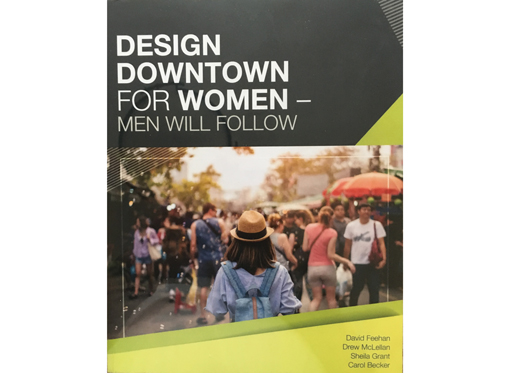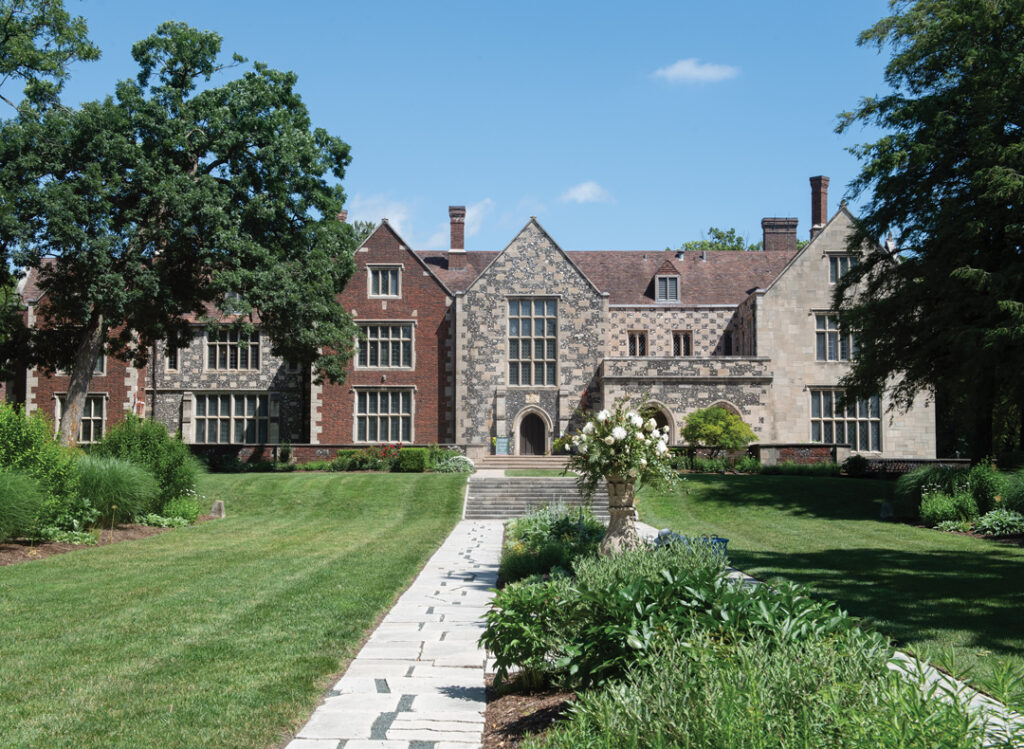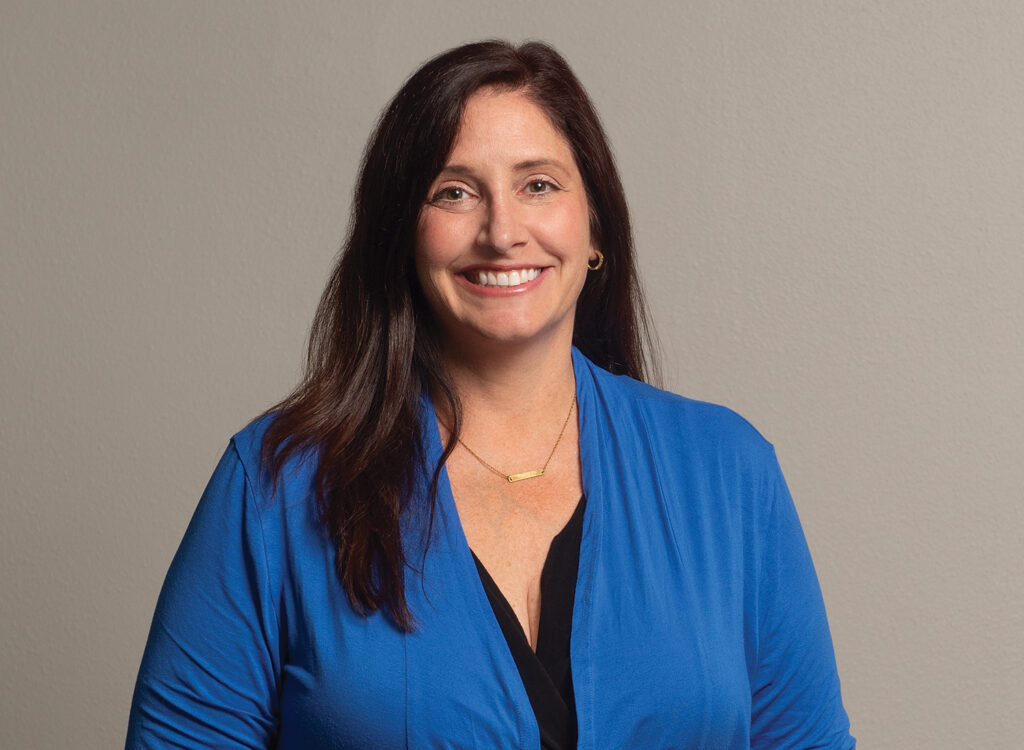The Elbert Files: Bringing women downtown

David Feehan, who helped make the Downtown Farmers’ Market a success 20 years ago and was instrumental in the redesign of the Martin Luther King Jr. bypass as a welcoming boulevard, has a surprisingly simple solution for creating successful downtowns.
“Design Downtown for Women — Men Will Follow” is the name of a new book Feehan and 12 co-authors created to address issues that have perplexed urban planners for decades.
Feehan is a Maryland-based consultant who headed two downtown Des Moines organizations from 1996 to 2001. Since leaving Des Moines, he’s stayed in touch with Des Moines colleagues, including marketing expert Drew McLellan, who contributed a chapter on marketing central cities to women.
Several of the 178-page book’s suggestions already exist in Des Moines, including a low, sloping wall at Cowles Commons that creates varied seating heights for people of all sizes and painted dots on downtown sidewalks that create an art trail.
Other proposals, like the need for clean, well-lighted and easily accessible public restrooms, are so obvious readers will wonder why they aren’t already widely employed.
Still other ideas build on science, like the fact that women’s brains are wired differently from men’s and that women see more colors and see them more vividly.
In a chapter titled “Downtown and Color,” Minnesota author and activist Carol Becker wrote that downtowns designed by men are “devoid of over half the color chart. Red and green are used as accents at best. Orange and purple seem almost totally absent.”
To prove her point that women are more appreciative of color, Becker observed that a picture of the 113th Congress shows every man except one wearing a “black or dark blue suit,” while every woman except one “is wearing something other than dark blue or black.”
There are other biological and social differences between men and women, wrote architect and urban designer Stefani Danes.
“Men form lines, while women form circles,” Danes said. Also, men tend to have larger personal space “bubbles” than women.
One architectural solution, she said, is to design low curving walls, like the one in Cowles Commons, that gradually increase in height, creating seating options for people of various sizes.
Another is to have movable chairs that allow “people to make subtle adjustments themselves.”
Because of metabolic differences, Danes wrote, “women are more sensitive to a chill” and less likely to sit outside when temperatures drop.
A good design strategy for restaurants, she said, “is to offer seating right in front of a south-facing masonry wall, which absorbs and radiates heat from the sun.” Another option is providing lap rugs on chairs, which many Scandinavian restaurants do.
“Designing for women doesn’t mean excluding anyone else, just adding to the appeal of the place,” Danes wrote.
“Women are particularly likely to be attracted to places with other people, particularly other women,” she said. “The best sign of a good urban open space is seeing women and children using it.”
Having women-friendly transportation systems includes paying more attention to pedestrians and bike riders, Danes wrote.
“Fear of crossing wide streets is particularly acute among women who worry about not being fast enough to get to the other side in time,” she wrote. When New York added four seconds to the walk time at 400 intersections, pedestrian fatalities fell by more than 20 percent, she added.
Another concern unique to women is footwear, Danes said. Shoes with higher heels can make it difficult to navigate cobblestone walks and other uneven pavement.
Security is also a bigger concern for women, although some solutions are as simple as placing purse hooks under tables in restaurants and bars.
Men designed 20th-century cities, Feehan wrote, but for downtowns to thrive in the 21st century, women must be involved.










